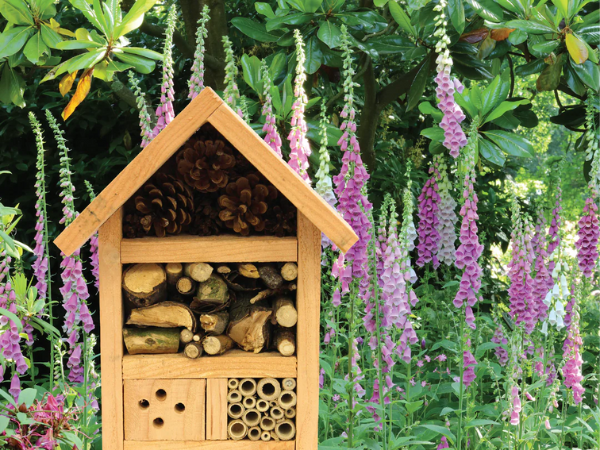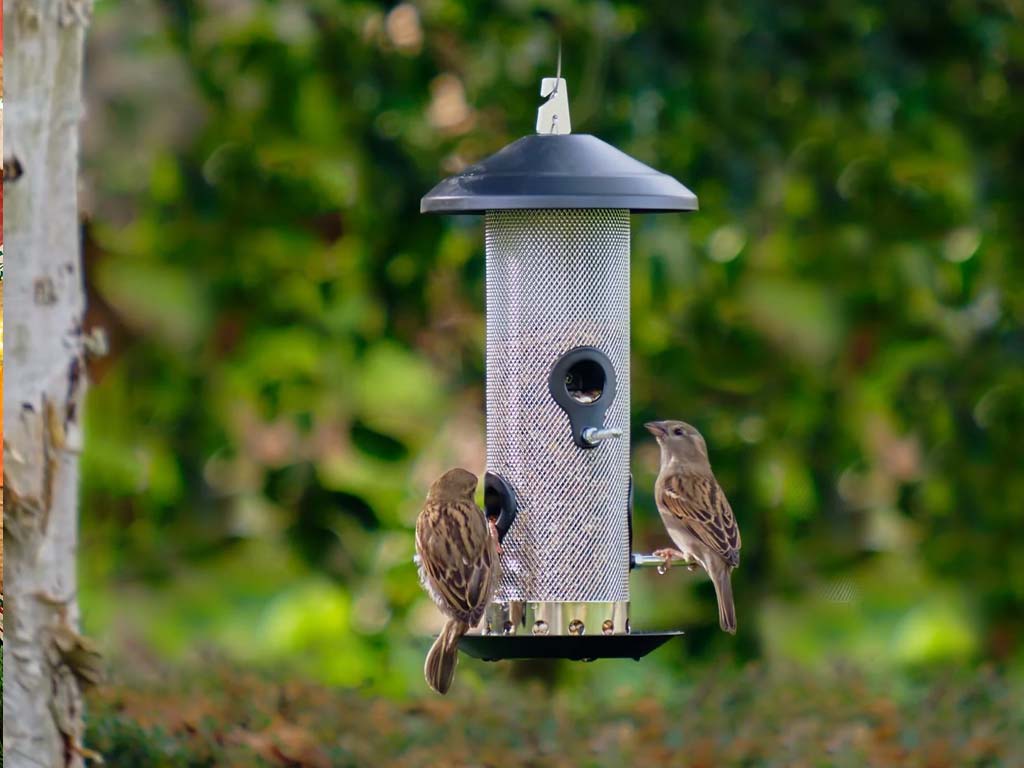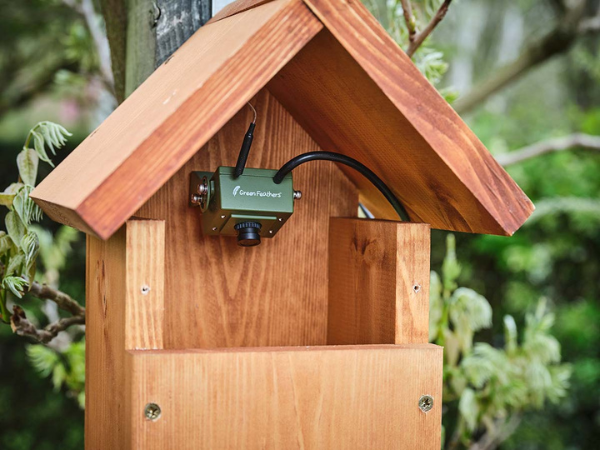Looking for a new hobby? Whether you’re already a bona fide nature lover with bird boxes and wildlife cameras, or you want to start exploring your local habitats for the first time, mushroom foraging is a brilliant and highly satisfying pastime to try.
And with around 15,000 species of wild fungi in the UK, this is the perfect place for keen mushroom foragers to get stuck into their favourite hobby. However, foraging for mushrooms can be dangerous if you don’t know what you’re doing, so it’s important to have a solid understanding of safe wild mushrooms to eat before you get started.
Are you interested in getting into mushroom foraging in the UK? Here’s our guide to fourteen UK mushrooms that are safe to eat, plus an exploration of the legal and environmental ramifications of mushroom foraging.
Why forage for mushrooms?
Whether you’re a nature lover, chef or both, mushroom foraging can be an extremely rewarding hobby. Thanks to the diverse array of wild mushroom species in the UK, there are so many mushrooms you can find near your home that will elevate the dishes you make. Each species of mushroom has a distinctive flavour – from the delicate briny flavour of oyster mushrooms to the rich, earthy and nutty taste of porcini mushrooms – which means the right mushroom can complement almost any kind of meal, including soups, stews, pastas, pies and much more.
But why not buy these mushrooms from your local supermarket? Often, you may not be able to find the kind of mushroom you’re looking for in a typical supermarket, whereas you may find more unique species while out and about in nature. Plus, supermarket mushrooms will never be as fresh as the ones you forage yourself, and this freshness gives the most intense flavour.
In addition, the whole activity of mushroom foraging can be extremely relaxing, rewarding and fun – unlike shopping in your local supermarket! Mushroom foraging is an excellent way to reconnect with nature and your local ecosystem, helping you better understand the unique beauty and diversity of the area. As long as you practise foraging sustainably (more on this later), you can help to protect this local ecosystem by sourcing food in an environmentally conscious way rather than relying on commercially supplied supermarket food, which is often associated with issues such as pollution from transportation and intensive farming.
Whilst mushroom foraging is often associated with going into the woods to explore, you can also forage in your own garden if you’d like! Find out more about garden foraging by reading our helpful guide on how to identify mushrooms in your garden, including both edible and poisonous species.
Is mushroom foraging legal in the UK?
Mushroom foraging in the UK is legal as long as you stick to foraging on public land. Protected conservation areas are off limits, and to forage on private land, you would need permission from the landowner.
Your reasons for collecting wild mushrooms are also important where legality is concerned. Foraging for mushrooms on public land is legal as long as it’s for personal use, but if you intended to forage large amounts of mushrooms for commercial purposes (i.e., for resale), this would be illegal unless you have a permit or licence.
Do not pick cultivated crops and do not forage rare or protected mushroom species – this would be illegal. Therefore, before you start foraging for mushrooms, it’s vital that you have a good understanding of the different mushroom species in your area and whether any are endangered. In addition to being useful for legal reasons, comprehensive mushroom knowledge is very important for protecting your health, as some mushroom species are poisonous.
Is it safe to eat wild mushrooms in the UK?
Yes – with the caveat that not all wild mushrooms are safe to eat, so you need to be sure you’ve identified a wild mushroom correctly before eating it. Mushroom foraging isn’t a hobby you can get into with minimal preparation; you need to study different mushroom species and their identifying characteristics before you start, because ingesting some species of mushrooms can be very harmful or even fatal.
Another key point to bear in mind is that some unsafe mushrooms can look a lot like a safe species of mushroom, so it’s not enough to be reasonably sure that a wild mushroom is safe to eat. If in doubt, ask someone with more expertise than you – there are foraging communities and online forums that may be able to help – or just don’t eat that mushroom.
What wild mushrooms are safe to eat?
Here’s a quick guide to some of the most common edible mushrooms you can find in the UK. However, don’t use this as your only source of knowledge – make sure you do further research on how to identify these species, and make a note of which species have poisonous lookalikes. We would also recommend going on foraging trips with an expert or experts if you’re new to this hobby, as they will be able to support you and improve your knowledge.
1. Field

Found in abundance throughout the UK, field mushrooms are a tasty and versatile addition to many recipes. They can be identified by their white or cream-coloured cap measuring 5-10cm in diameter (which is initially hemispherical but flattens with maturity), pink/brown gills underneath the cap, and firm, cylindrical, white stem. They’re most easily found in late summer and early autumn.
2. Oyster

Oyster mushrooms have a delicate, ‘briny’ taste and slight aroma of aniseed. They can be found in UK woods, particularly growing in tiered formations on hardwood trees like beech. Oyster mushrooms have large fan or oyster-shaped caps measuring 5-25cm in length, typically in shades of white or grey. White or cream-coloured gills can be seen under the caps.
3. Hedgehog

As suggested by the name, hedgehog mushrooms have rather unique spines underneath their white caps, resembling hedgehog spines. These delicious mushrooms are firmer, nuttier and sweeter than supermarket mushrooms, but you should remove the spines before cooking. Better yet, scrape off the spines whilst you’re still in the woods, as this will help seed more mushrooms.
4. Porcini/Penny bun

Porcini mushrooms, also known as penny bun mushrooms, are prized for their rich, earthy and nutty flavour. This is a chunky mushroom species with a cap that looks like a bun, hence its name. These mushrooms have white stems, white gills and a cap that starts off whitish but quickly browns with maturity.
5. Beefsteak

The beefsteak fungus has an acidic taste and is a brilliant meat substitute, and it also makes excellent mushroom jerky when it’s older. These mushrooms are commonly found on dead or damaged oak trees, usually lower down towards the ground. Watch out for their distinctive reddish colour and the way they ooze out red liquid when cut!
6. Giant puffball

Giant puffball mushrooms can be found in fields and meadows and resemble a large, white ball – you might even mistake them for a football in the distance! Due to their huge size and distinctive appearance, giant puffballs are a great pick for novice foragers. However, they can potentially resemble some smaller mushroom species when they’re young, so stick to picking large, mature ones.
7. Jelly ears/Wood ears

The aptly named jelly ears mushrooms (also known as wood ears) look a bit like ears growing out of trees – an unsettling image! These tan-brown or reddish mushrooms with jelly-like flesh are mainly found in clusters on the dead and dying branches of elder trees, but they can also sometimes be found on beech, sycamore and ash trees. Jelly ears fit best with Eastern cuisine as an ingredient in soups, stir-frys, salads and spring rolls.
8. Dryad’s saddle

Another mushroom that commonly grows on dead elder trees is Dryad’s Saddle. This is the largest capped mushroom in the UK – reaching up to a metre in diameter – and can be identified by its ochre to dark yellow caps with brown scales, and its large and irregular pores running down the stem. These mushrooms are best eaten when they’re young – when they have a surprising watermelon taste – because they can become tough and leathery when mature.
9. Chicken of the woods

Chicken of the woods is commonly found on oak and cherry trees, and is thankfully easy to spot due to its distinctive appearance. This mushroom is a fleshy bracket fungus with a bright, creamy yellow colour, also featuring bands of orange when the fungus is young. Chicken of the woods is usually a great ingredient to use in cooking, but be aware that some people are sensitive to it and may experience stomach issues afterward eating it.
10. Chanterelle

Another popular woodland mushroom is the chanterelle mushroom, which also has a yellow or orange colour. However, chanterelle caps are funnel-shaped and wavy, with gill-like ridges running down to the stem. Chanterelles are a favourite among foragers due to their delicate flavour.
11. Scarlet elfcups

These beautiful mushrooms, which are abundant in winter and early spring, feature a cup-shaped body that’s bright red on the inside and a lighter orange to off-white colour on the outside. Look for these on dead and decaying wood on your next foraging expedition.
12. Hen of the woods

Not to be confused with chicken of the woods, hen of the woods is another fungus growing on decaying wood. It features tiered clusters of wavy grey or brown caps with small pores on its white underside. This is a more uncommon mushroom in the UK, but if you can find it, it has a great mushroom flavour and firm flesh, making it suitable for a wide range of meals.
13. Cauliflower fungus

As you can imagine, the cauliflower mushroom looks like a cauliflower growing out of the ground. This is a distinctive-looking mushroom that can grow very large, making it an easier spot for new mushroom foragers. Cauliflower mushrooms are great in the kitchen, but since they’re trickier to clean, they may not be your favourite.
14. Field blewits
If you’re looking for the perfect mushroom for cooking, keep your eyes peeled for field blewits. These delicious mushrooms are often used by chefs, but you can find your own in fields in the UK rather than going to a restaurant or expensive market. Plus, field blewits – which have a smooth, grey-beige cap and a blue/violet fibrous skin over the stem – often grow in rings or groups, so you may be able to find a good harvest.
How do I ensure safety and sustainability when foraging?
To wrap up, let’s quickly remind ourselves of the main dos and don’ts when foraging for mushrooms in the UK. First of all, you must ensure your own safety by only eating mushrooms that you’re sure you’ve identified correctly. There’s a lot to learn for novice foragers, so to keep you safe, we would recommend teaming up with an expert or joining a foraging group before trying to do this alone. Plus, if you’re ever in doubt, there are loads of online resources and communities of experts to help you identify wild mushrooms.
As well as keeping yourself safe, you need to protect the environment too. Always forage responsibly by minimising disruption to wildlife. Try to spread out your mushroom foraging so you’re not depleting food sources for local wildlife, and always use a knife or scissors to cut mushrooms at the base. This leaves the mycelium intact so that the mushrooms can continue growing, preserving biodiversity and natural food sources.
As long as you’re staying safe, protecting the environment and following the law, you can have plenty of fun with your mushroom foraging hobby. Want to learn more about UK wildlife or nature-based hobbies like bird watching? Check out the Green Feathers blog!

























